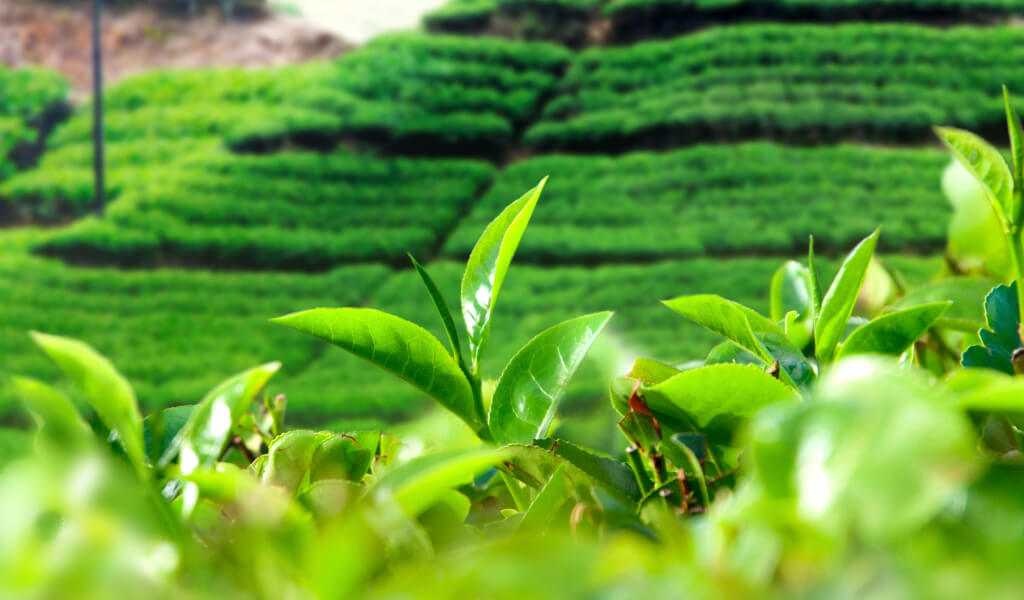As a tea blogger, I’m often asked about the basics of tea. What is tea, exactly?
Understanding the fundamentals is essential to appreciating tea, whether you’re a seasoned drinker or fresh to the world of tea. So, let’s dive in and explore the fascinating world of tea together! Let go.
Quotes of tea at Today
“Wherever you are drinking your tea, whether at work, in a cafe, or at home, it is wonderful to allow enough time to appreciate it.” – Thich Nhat Hanh
What is tea?
Tea, commonly known as Camellia Sinensis, is a delicious beverage made from cured tea leaves and hot water. Did you know that tea is the second most popular drink in the world, right after water? Pretty impressive, huh?
The tea plant loves growing in warm climates, so it’s no surprise that it originates from Asia and Africa.
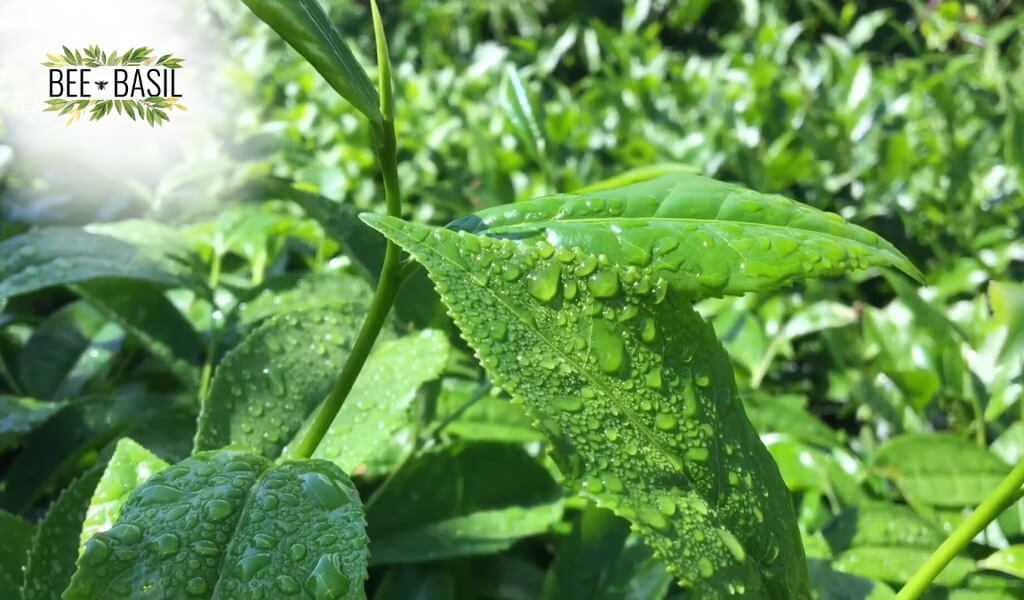
Tea has considerable cultural significance in many countries and is more than a beverage. In fact, the United Nations has designated May 21st as International Tea Day, a day dedicated to celebrating the global tea industry.

This fantastic plant is evergreen and thrives in sub-tropical climates.
Although it originated in Asia, you can find it growing worldwide. The best tea comes from plants grown in high altitudes with loose, deep soil. So, anything made from the Camellia sinensis plant is technical “tea.” But, if it’s made from something else, like chamomile, rooibos, or fruit, it’s more accurately called herbal tea or Tisane.
Tea is a popular beverage enjoyed worldwide, but its culture can be localized. For example, in Darjeeling, South India, and India, most tea drinkers have never heard of Taiwanese Pouchong tea, while in China, black tea is not as popular as other types. Even within countries, there are variations in tea preferences. For instance, the Japanese tea ceremony uses rare Matcha tea, not commonly consumed in black tea-loving Sri Lanka.
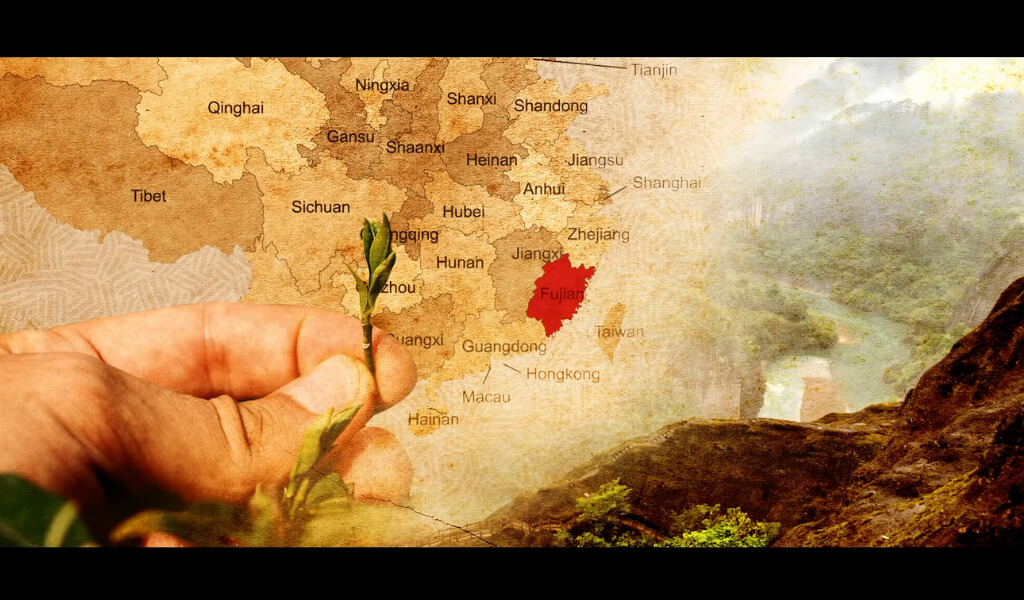
That’s where Spiritea Drinks comes in. For people to understand and enjoy the vast world of tea better, we strive to give accurate and insightful tea information. Regardless of your experience with tea, there is always something new to discover about this interesting beverage. So come along on the ride as we explore the lovely world of tea!
Did You Know?
When Western coffeehouses refer to “chai,” they are talking about “masala chai” or “spiced tea.” In Hindi, “chai” simply means “tea.” The recipe for masala chai has evolved and varies depending on the region, but it usually consists of black tea mixed with spices like cinnamon, cardamom, cloves, ginger, and peppercorns. The tea is then served with milk and sweetener, resulting in a delicious and flavorful beverage.
Where does tea come from?
Did you know that China, Japan, India, and Sri Lanka are classic tea-growing countries? They’ve been doing it for centuries!
But guess what? Some new kids on the block, like Bangladesh, Vietnam, and Kenya, are also making a name for themselves as tea producers. Its tea origins don’t just influence the taste of tea, but also by factors such as altitude, soil quality, plant variety, and age.
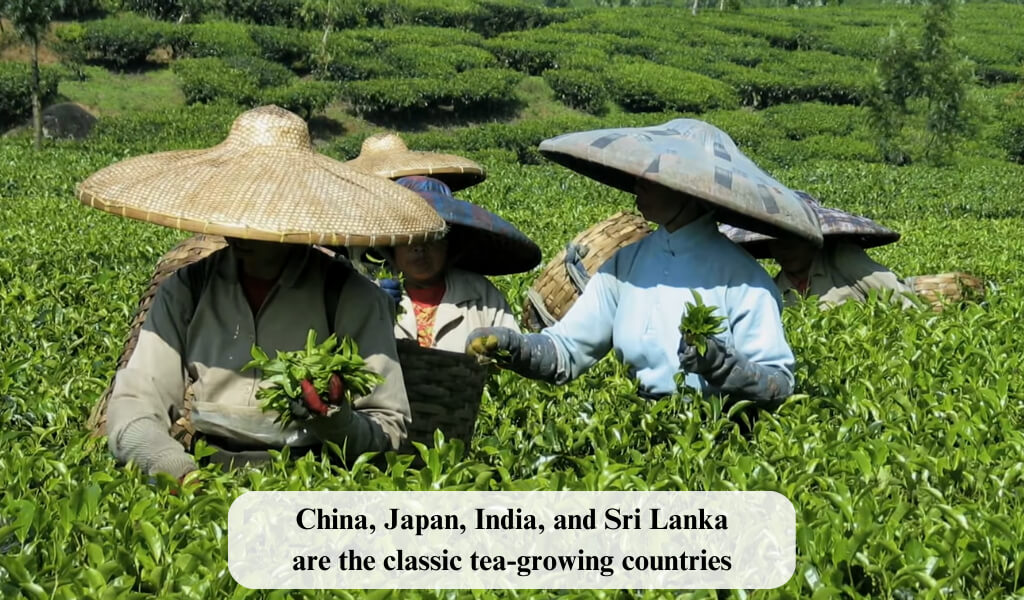
The tea plant can be grown in various settings, ranging from small family gardens to large estates covering thousands of acres. Without a doubt, the “crème de la crème” of tea is grown in lofty locales, where the steep slopes require the artful mastery of hand-plucking.
It takes around 2,000 tiny leaves to produce one pound of finished tea.
Not all teas are created equal! While many teas for commercial purposes are grown in flat, lowland areas for convenience, the truly exceptional ones are hand-plucked from those same fields and lower altitudes. Therefore, how the types of tea is grown is just one of many factors.
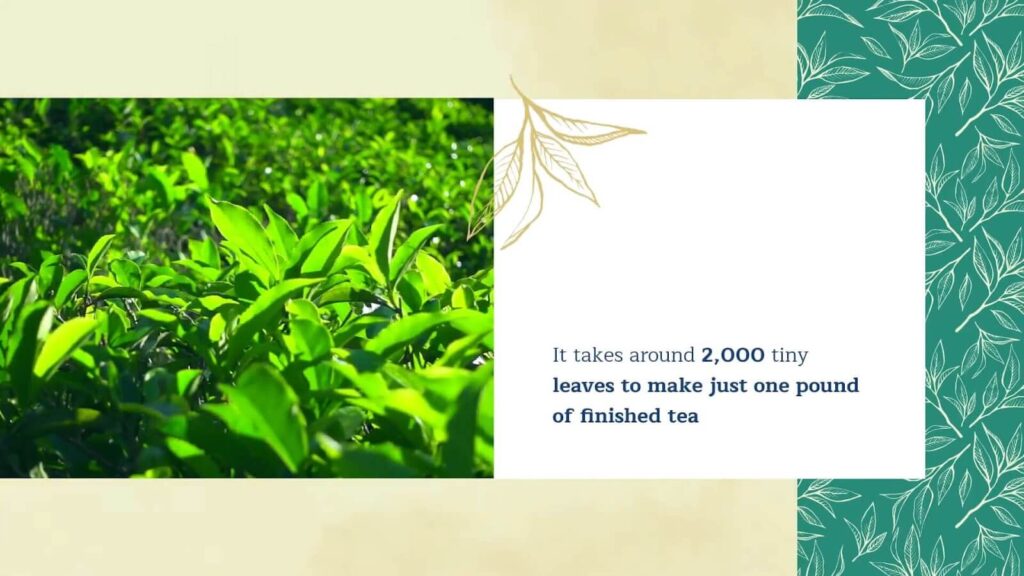
Teas that are processed traditionally are called Orthodox teas. Accordingly, pure orthodox teas, crafted from only the top two tender leaves and an unopened leaf bud, are hand-picked and processed with care in five steps.
These steps create thousands of tea varieties that we know and love today. Orthodox tea brewing techniques, like withering on bamboo trays, with cutting-edge machinery, such as leaf rollers, to create a truly distinctive brew.
The other way of making tea is the Unorthodox method, with the most common type being CTC (crush-tear-curl). This method was created for black tea and is much faster than Orthodox tea production.
CTC teas can be plucked by hand or harvested by large machine harvesters. The leaves are then shredded using a leaf shredder, which crushes, tears, and curls the leaves into fine pieces.
The resulting pieces look like Grape Nuts cereal and are then rolled into small balls. When time is of the essence, CTC teas deliver a bold and robust cup without sacrificing flavor. No wonder they’re the go-to for tea bags and Masala Chai in India!
Did You Know?
Proper storage can make a big difference in preserving your tea’s flavor and keeping it fresh for longer. Storing your tea in optimal conditions is essential to ensure it stays perfect. Direct sunlight, heat, moisture, odors, and air can all affect the taste and freshness of your tea, so it’s best to avoid placing it in areas with these factors. Instead, keep your tea in an airtight, opaque container in a cool, dry place.
Learn About Tea: Understanding The Differences Between Types
Here are the 5 common types of tea you should consider. Each one comes with unique flavor, brewing tips, and ingredients. Let’s check them all now to pick one.
| Type of Tea | Processing Steps | Characteristics & Flavor | Notable Features |
| Black Tea | 1. Withering (8-24 hrs) <br> 2. Rolling <br> 3. Complete Oxidation <br> 4. Drying | Deep black colour; robust flavour |
Retains flavor for several years
|
| Oolong Tea | 1. Sun drying <br> 2. Bruising in baskets <br> 3. Partial Oxidation (2 hrs) <br> 4. Firing in woks | Crisp, dry leaves; rich dark color |
Middle ground between black and green tea
|
| White Tea | 1. Air drying <br> 2. Steaming/Firing (no oxidation) | Silver-colored hairs on bud; subtle, pale yellow liquor when brewed |
Least processed; Expensive due to limited availability
|
| Green Tea | 1. Steaming/Pan-frying (no oxidation) <br> 2. Rolling <br> 3. Drying | Green color; refreshing flavor |
Lower caffeine than black tea; Can be enjoyed hot or cold
|
| Pu-erh Tea | 1. Fermentation <br> 2. Aging (years to decades) | Unique, earthy flavor; rich and smooth with a mellow aftertaste |
Potential health benefits; Sold as cakes or disks; Highly valued by tea enthusiasts
|
1. BLACK TEA
To make black tea, the tea leaves undergo complete oxidation or fermentation. First, the leaves are picked and left to wither for 8 to 24 hours, which removes most of the water.
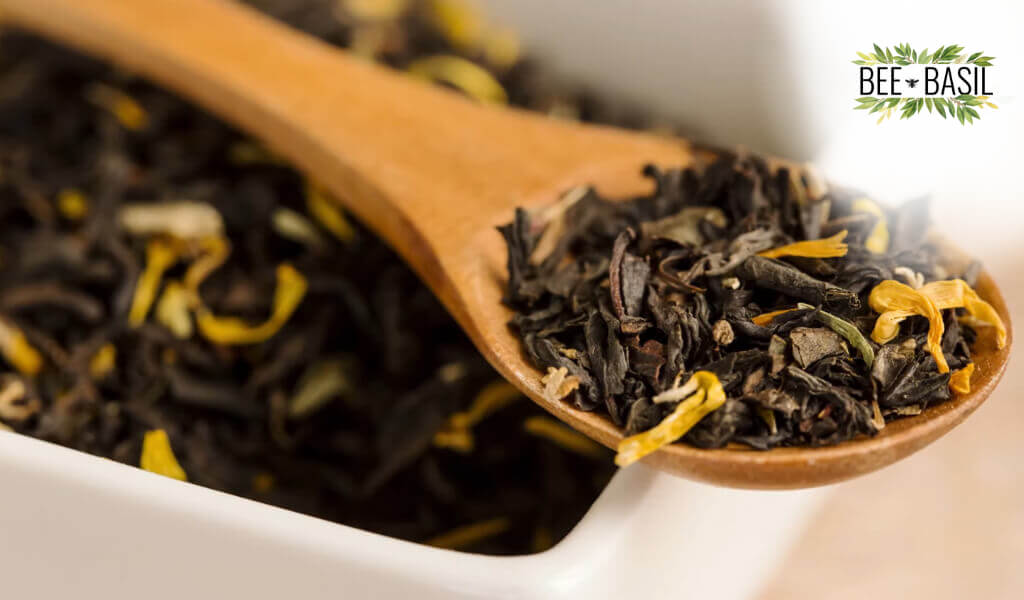
The leaves are then rolled to break up the surface, allowing oxygen to interact with enzymes and start the oxidation process.
This process is continued until the leaves turn a deep black color. Finally, the leaves are dried. Compared to green and white tea, black tea has a more robust flavor and can maintain its taste for several years.
Did You Know?
Japan has a rich tea culture, best known for the ceremonial preparation and drinking green tea. The traditional Japanese tea ceremony is known as “the way of tea” (茶道 [sadō or chadō] or 茶の湯 [chanoyu]) and can take up to several hours to complete. The ceremony is not just about drinking tea but also about appreciating its art and beauty.
2. OOLONG TEA

After picking Oolong leaves, they are processed right away:
- The leaves are left to dry under the sun, then put into baskets and shaken to “bruise” them.
- The leaves are spread out again under the sun for partial oxidation, which is stopped after around two hours.
- The leaves may be fired in hot woks.
The result is Oolong tea with crisp, dry leaves and rich dark color.
3. WHITE TEA
White Tea is made solely from the tightly rolled buds of the tea plant and undergoes no oxidation. After air drying, white teas are immediately steamed or fired to prevent any oxidation.
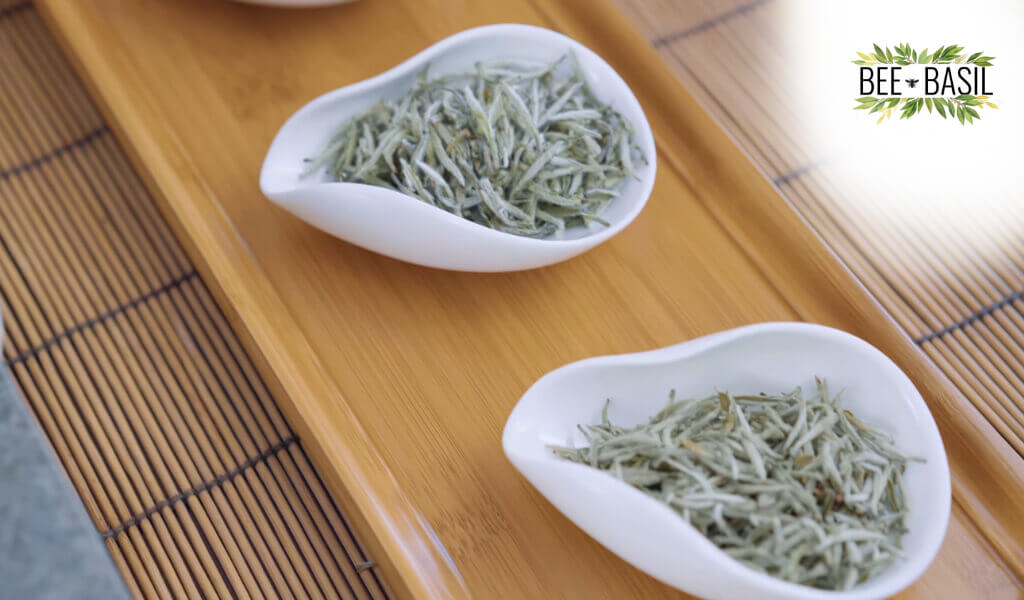
Unlike other teas, no rolling or bruising is involved in the process. The name “White Tea” comes from the silver-colored hairs on the picked tea cultivation bud. It is the least processed tea and can be expensive due to its limited availability.
When you brew White Tea, prepare for a subtle, soothing pale yellow liquor. Just a tip, use slightly cooled boiling water. White Tea is all about the first flush – the new growth of the tea plant with a complete set of leaves. This new growth takes about 40 days to blossom into a flush.
Did You Know?
While some advertising suggest that tea helps hasten weight loss, studies on the relationship between green tea and fat loss haven’t shown many promising results. It’s best to be cautious of so-called “weight loss” teas, as they may contain potentially harmful substances like laxatives.
4. GREEN TEA
Green tea is processed differently from other teas because it involves no oxidation. To prevent oxidation, the tea leaves of the Camellia sinensis plant are typically steamed or pan-fried to neutralize enzymes.
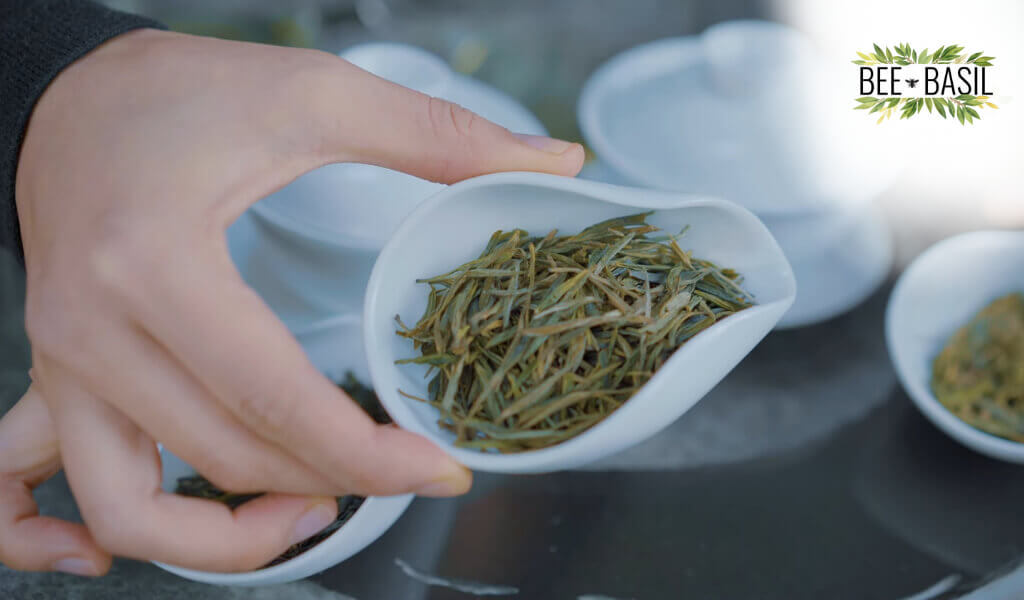
After that, the leaves are rolled up in various ways and tightness to create different types of green tea.
Finally, the leaves undergo a final drying process. No oxidation, no problem! Green tea retains its leafy green vibe and all its delicious flavor and natural goodness.
The lack of oxidation also means green tea has a lower caffeine content than black tea. Green tea is a refreshing and healthy beverage that can be enjoyed hot or cold.
5. PU-ERH TEA
This tea, known as Pu-erh, is made by fermenting and ageing tea leaves for several years, with some varieties aged for decades. Pu-erh tea is often sold as cakes or disks and is considered one of the highest-quality herbal teas. Tea fermentation creates a unique, earthy flavor through natural microbe transformation.

The aging process further enhances the tea’s flavour and aroma, making it richer and smoother with a mellow aftertaste.
The possible health advantages of pu-erh tea include bettering blood circulation, lowering cholesterol, and assisting with digestion. Pu-erh tea is a premium tea that tea enthusiasts highly value for its distinct flavor and potential health benefits.
Did You Know?
Tea is a fascinating and diverse beverage with a rich history and culture that varies across different regions and countries. Whether you’re a tea enthusiast or just enjoy a nice cup of tea occasionally, there is always something new to learn about this beautiful drink.
What is in tea? Unlocking the Secrets of Tea
Tea is a complex beverage comprising three main components, each contributing to its flavour and health benefits.
| Ingredient | Description |
| Essential Oils |
Provide aroma and flavor; released from leaves during steeping.
|
| Polyphenols |
Offer “briskness”, antioxidants, and anti-inflammatory properties.
|
| Nutrients |
Over 15 types of minerals, vitamins, and amino acids; green tea is rich in amino acids.
|
| Enzymes |
Affect oxidation, flavor, color, and shape/size of tea leaves during production.
|
| Alkaloids |
Contains Methylxanthines such as Caffeine, Theophylline, and Theobromine.
|
Essential Oils: Healing from the Inside Out
The first component is essential oils, which provide the delicious aromas and flavours that make tea enjoyable. These oils are found in the leaves and released during steeping.
Polyphenols: Brewing Better Health
The second component is polyphenols, which are the compounds that provide the “briskness” or astringency in the mouth. They are also the components of tea that carry most of the health benefits of tea, such as antioxidants and anti-inflammatory properties.
Nutrients: Building a Strong and Vibrant Body
Besides being a flavorful and refreshing beverage, tea also contains various nutrients, albeit in smaller amounts. Over 15 different types of inorganic minerals, vitamins, and amino acids are present in tea, which are essential for maintaining good health. Interestingly, green tea is bursting with over 70% amino acids, giving it a distinctive and invigorating broth-like quality. These amino acids not only give green tea its distinct flavour but also contribute to its many health benefits. So, if you’re looking for a tasty way to get some essential nutrients into your diet, a cup of tea might do the trick!
Enzymes: Miracle Molecules That Keep You Alive
During the production process of tea, enzymes present in the leaves undergo oxidation, leading to a significant change in the color of the leaves.To make this happen, the leaves undergo a unique rolling process in a specially designed room that cracks open the plant cells and unleashes their delicious flavors. This crucial step also releases two essential compounds, Polyphenol Oxidase and Polyphenol, from the leaf’s cell vacuoles.
In addition to affecting the flavour and colour of the tea, the rolling process also determines the shape and size of the leaves. The leaves can be curled, flat, or twisted, depending on the desired final product. The leaves are delicately crafted to retain the essential oils that give the tea distinctive flavor and fragrance.
In order to produce tea of the best quality with a constant flavor and scent, this method of production has been honed and developed over generations.
Alkaloids: From Ancient Medicine to Modern Science
Yes, tea contains caffeine, although it’s only about half the amount in coffee. Caffeine belongs to a group of chemicals called Methylxanthines, a type of Alkaloid.
There are three types of Methylxanthines in tea leaves that help stimulate your muscles, brain, and nervous system to varying degrees. They also boost your heart, kidneys, and respiratory system. These three types are Caffeine, Theophylline, and Theobromine. So, not only does tea provide a little boost, but it also acts as a muscle relaxant and stimulant for your vital organs.
What Can Be Added to Tea? Creative Add-Ins to Enhance Your Brew
| Additive | Purpose/History |
| Milk |
Historical additive for warmth and fullness; now common in the West.
|
| Sweetener |
Once honey, now mostly artificial due to health trends.
|
| Lemon |
Enhances flavor; counteracts bitterness; boosts antioxidants.
|
Milk: Your Daily Smoothie Fix
Milk has a long tea history as an additive to tea, and even butter was sometimes added in early tea traditions. The Eastern Tea Horse Road, a trade route for tea, was where milk was often added to tea to make it more filling, especially during winter expeditions. This tradition has largely disappeared in China and the northern regions that border Russia, where the climate is colder. Nonetheless, milk in tea is still a common practice in the West, although its popularity is gradually declining as health and fashion trends shift.
Sweetener: Satisfy Your Sweet Tooth
Honey was also a common additive to tea and used to sweeten the tea. In fact, it was reasonably available and often used around the same time that milk was added to tea. However, adding honey to tea has not survived as long as adding milk. Today, sweeteners made from saccharine are commonly used in Western cultures to sweeten tea and other beverages. This trend started in the late 1980s and early 1990s when health concerns prompted people to cut back on sugar.
Lemon: Squeezing the Benefits
Lemon is another popular additive to tea, and it is often used to add flavour and sophistication. Its use as a tea accompaniment has a rich history, intended initially to counteract tea’s bitter aftertaste.
It was also viewed as a fine and aspirational addition to tea, contributing to its popularity. Furthermore, lemon juice has been found to aid in releasing antioxidants, making it a more attractive additive to tea. It has also helped to pave the way for specialty tea products.
Tea traditions have changed; people have added milk, honey, sweeteners, and lemon to improve their taste and health benefits.
FAQs Of Tea
Does tea make you gain weight?
Tea lovers may be happy to know that their favorite beverage is waistline-friendly, as a typical cup of tea only contains one calorie. However, it’s important to remember that adding milk and sugar to your cup can significantly increase the calorie content.
Does drinking tea cause dehydration?
You may have heard that tea can dehydrate you due to its caffeine content. However, this is a common misconception. While caffeine in tea is a diuretic, which can cause your body to release more fluids, it would take a significant amount of tea drinking to see any noticeable diuretic effects.
Who are the biggest tea drinkers in the world?
It’s no surprise that China is the biggest tea consumer in the world, with a staggering 1.6 billion pounds consumed annually. But with a population of 1.4 billion, this figure makes sense.
Does Tea Expire?
Proper storage can make a big difference in preserving your tea’s flavor and keeping it fresh for longer. Storing your tea in optimal conditions is essential to ensure it stays perfect.
I hope this article has given you a better understanding of “what is tea” and why it is so beloved by so many. If you found this article informative and enjoyable, please feel free to share it with others or like it on social media.
Thank you for reading!
I’m Shanna, creator of Spiritea Drinks. I’m all about teaching people to grow their own food, tea, cook what they harvest, and eat with the seasons.

